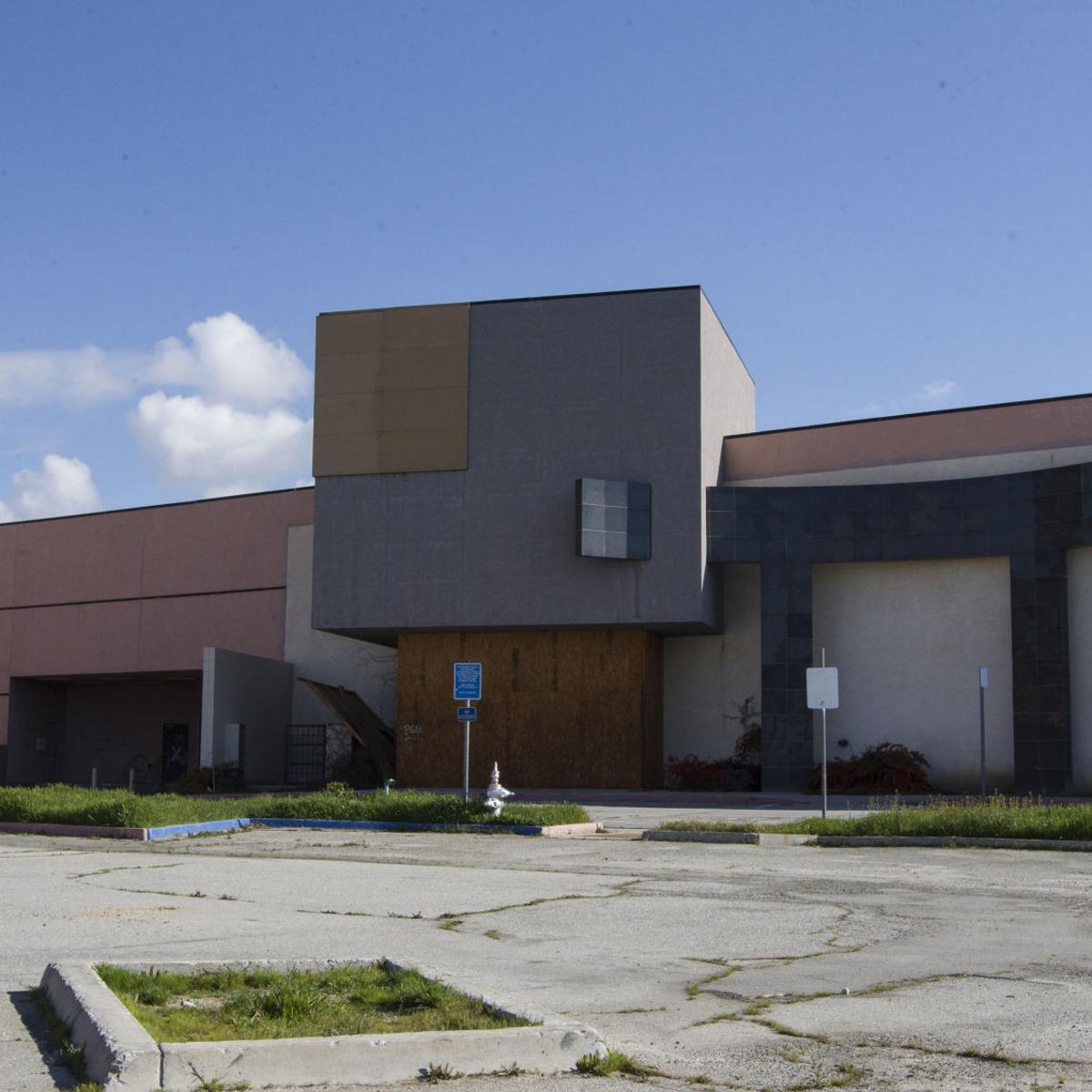 The modern city / urban center is definitely one of the most visible and obvious developments of modern life. In the United States, one immediately thinks of the development of the "Big Three" cities, two of which lie on opposite coasts and the other in the center of the country. New York, Los Angeles, and Chicago. This entry will take a critical look at New York City and one of its most famous developers, Robert Moses.
The modern city / urban center is definitely one of the most visible and obvious developments of modern life. In the United States, one immediately thinks of the development of the "Big Three" cities, two of which lie on opposite coasts and the other in the center of the country. New York, Los Angeles, and Chicago. This entry will take a critical look at New York City and one of its most famous developers, Robert Moses.As the title of the book is All That Is Solid Melts Into Air, Marshall Bermann keeps coming back to this quote to define one of the most important aspects of modernism. The idea is that nothing is permanent - institutions, ideas, buildings, cultures, and beliefs - none of these have intrinsic staying power in the wake of advancement. Mankind builds. Mankind enjoys the fruits of his labor. Mankind finds that what he built is obsolete or tired. Mankind destroys. Mankind builds again.
New York City in the 1930s was already a modern city. Unlike Chicago, which had the benefit of growing during the 1800s so it could have some sort of plan (Burnham's Boulevards, Lakefront development, not to mention the rebuilding opportunity The Great Fire presented), New York tore down itself and rebuilt many times over since its founding in the 1600s. As New York emerges as The Great American City (sorry Chicago!) over the years, it found itself also reinventing itself for the modern age. Take the rapid transit system - New York City has 245 miles of subway line. Not a close second is Washington D.C. with 117 miles of subway line. Since the subway line was largely built below ground (NYC does have its share of elevated track also), its impact on specific neighborhoods and communities was marginal. This is not true with one of Robert Moses's earlier projects, the Cross-Bronx Expressway.
I've established that one of the tenets of modernism is to destroy old forms and build some newer, better form in its place. The destruction should make sense, as long as something better takes its place. However, what if that destruction has "collateral damage" such as a neighborhood or a community? Such was the case with the ill-fated Cross-Bronx Expressway. The author remembers the Art Deco buildings on beautiful boulevards being destroyed to make way for the project:
As I saw one of the loveliest of these buildings being wrecked for the road, I felt a grief that, I can see now, is endemic to modern life. So often the price of ongoing and expanding modernity is the destruction not merely of "traditional" and "pre-modern" institutions and environments but - and here is the real tragedy - of everything most vital and beautiful in the modern world itself. Here in the Bronx, thanks to Robert Moses, the modernity of the urban boulevard was being condemned as obsolete, and blown to pieces, by the modernity of the interstate highway. (295)It wasn't just buildings that were destroyed. The Cross-Bronx Expressway split the borough into two separate halves. The South Bronx was created, along with all the problems of blight and economic ruin as the project separated businesses from their customers, churches from their parishoners, neighbors from their neighbors. While eminent domain now connected New Jersey to Queens, the project forced many established families in the Bronx to move and businesses in the Bronx to relocate or shut down. The Bronx hasn't been the same since.
Robert Moses, troublingly, had the public good in mind as he strong-armed projects through (some very much to the benefit of NYC - Flushing Park, for instance). What he didn't consider was the human factor of his projects - what they would do long-term to the communities they effected, in the name of modernism.
Berman, Marshall. All That Is Solid Melts Into Air: The Experience of Modernity. New York, New York: Penguin Books, 1988.

&height=700&mode=crop&scale=both&width=1400&zoom=1&404=default)
